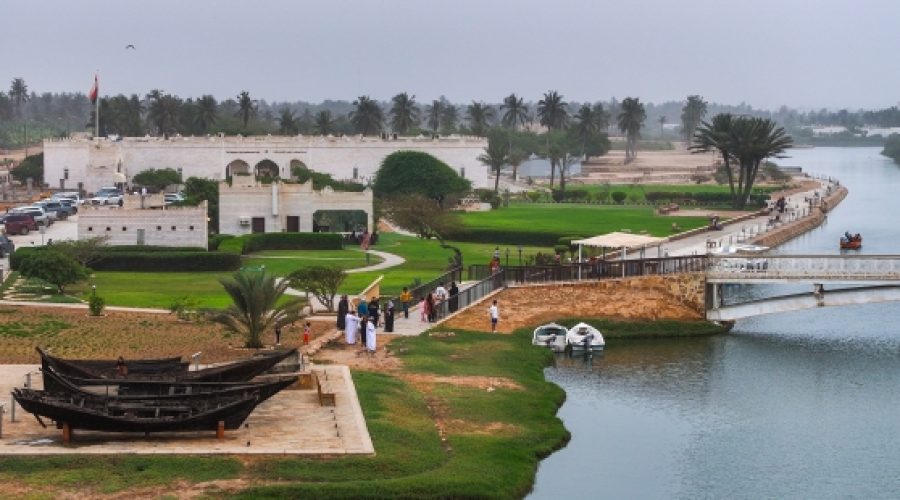Museums and Archaeological Sites Drive Tourism Growth in Khareef: Key Opportunities for Investors and Business Owners
Salalah – The museums and archaeological sites of Dhofar Governorate play a vital role in promoting cultural tourism during the Khareef (monsoon) season, drawing visitors from across Oman and abroad. These sites showcase the rich cultural and archaeological heritage of the region.
Officials from the heritage and tourism sectors, along with investors involved in archaeological site management, told Oman News Agency that the Khareef season presents a valuable opportunity to boost cultural tourism. The influx of visitors interested in Oman’s history and cultural identity offers strong potential for growth in this sector.
Ali Salim Al Kathiri, Director of the Land of Frankincense Sites at the Directorate General of Heritage and Tourism in Dhofar, highlighted the archaeological cities of Samharam and Al Baleed as exemplary ancient port cities on Arabia’s southeastern coast. These sites played a crucial role in maritime trade networks, especially in the frankincense trade.
He further explained that historical records and excavation findings at these sites reveal a succession of civilizations, reflecting the profound heritage of southern Oman. Both Samharam and Al Baleed have been inscribed on the UNESCO World Heritage List since 2000.
During the last Khareef season, the Land of Frankincense sites and the Museum of the Frankincense Land welcomed 54,569 visitors. Al Kathiri expects this number to rise in the current season due to ongoing promotional efforts by the Ministry of Heritage and Tourism in collaboration with public and private sector partners.
Visitor experiences are continuously assessed through field surveys, research by specialized scientific institutions, and feedback collected via the national “Tajawob” platform. This systematic evaluation helps enhance services and fosters greater community engagement with these heritage sites.
Harith Mohammed al Ghassani, Board Member of the Dhofar Museum, described the museum as a window into Omani history, tracing the people’s heritage back to the earliest settlements. Situated in Salalah’s old quarter, the museum is renowned for its traditional architectural style and a collection of over 1,000 artifacts accumulated by its founder since the 1950s. It also offers translated information and comprehensive visitor services.
The museum attracts researchers, history enthusiasts, and tourists, providing a compelling narrative of Oman’s people, their environment, and their historical connections.
Salim Ahmed al Amri, owner of the Tawasul Al Ajyal Museum (Generations Continuity Museum) in Taqah Wilayat, shared that it is the first private museum licensed by the Ministry of Heritage and Tourism in Dhofar. The museum’s mission is to preserve authentic Omani heritage and ensure its transmission across generations, emphasizing that cultural memory preservation is a collective responsibility.
Al Amri revealed that the museum’s concept originated from the vision of his late mother, Tuffoul Ramadan Bamukhalef, in the 1950s. The museum opened in February 2023 within the family home in Taqah’s old quarter, serving as a living tribute to local memory and heritage.
This integration of public and private efforts continues to strengthen Dhofar’s cultural tourism, enriching the region’s appeal during the Khareef season.
Special Analysis by Omanet | Navigate Oman’s Market
The thriving cultural tourism in Dhofar during the Khareef season presents a strategic opportunity for businesses to leverage Oman’s rich archaeological heritage, especially through enhanced visitor experiences at UNESCO sites like Samharam and Al Baleed. Smart investors and entrepreneurs should consider expanding services and partnerships in heritage tourism, capitalizing on increased visitor numbers and government-backed promotional efforts. However, maintaining high service quality and community engagement remains crucial to sustain growth and preserve Oman’s cultural legacy.



